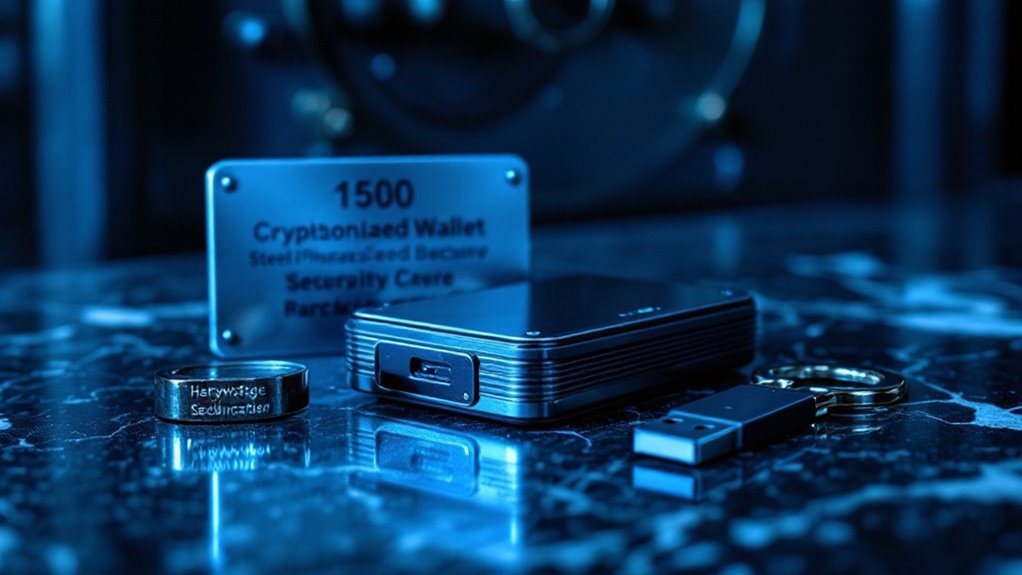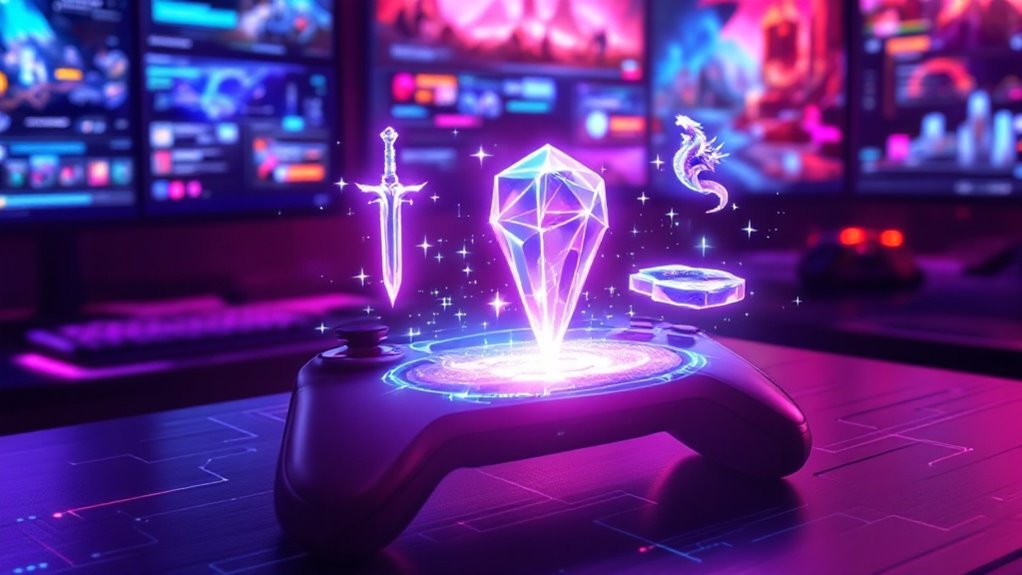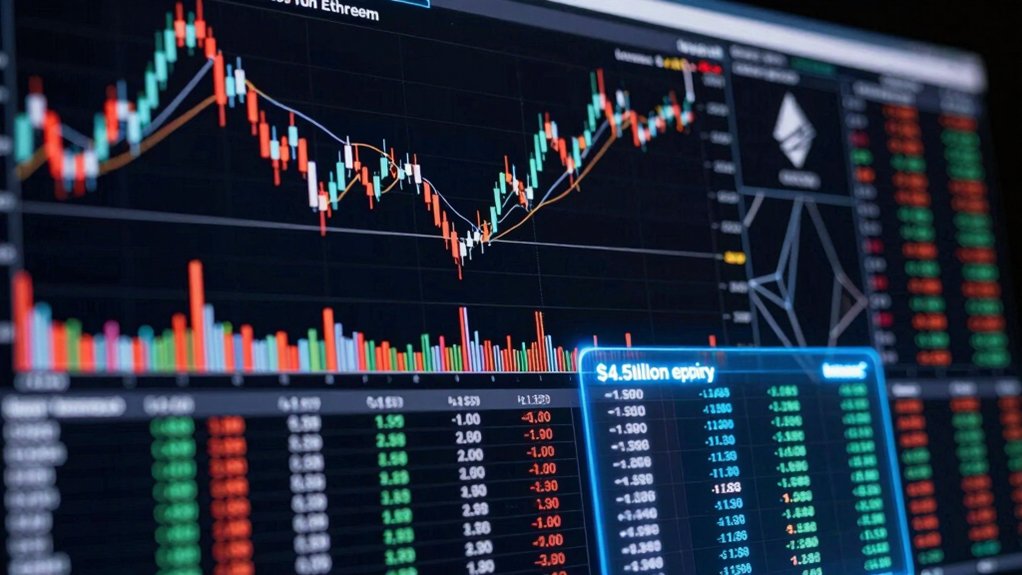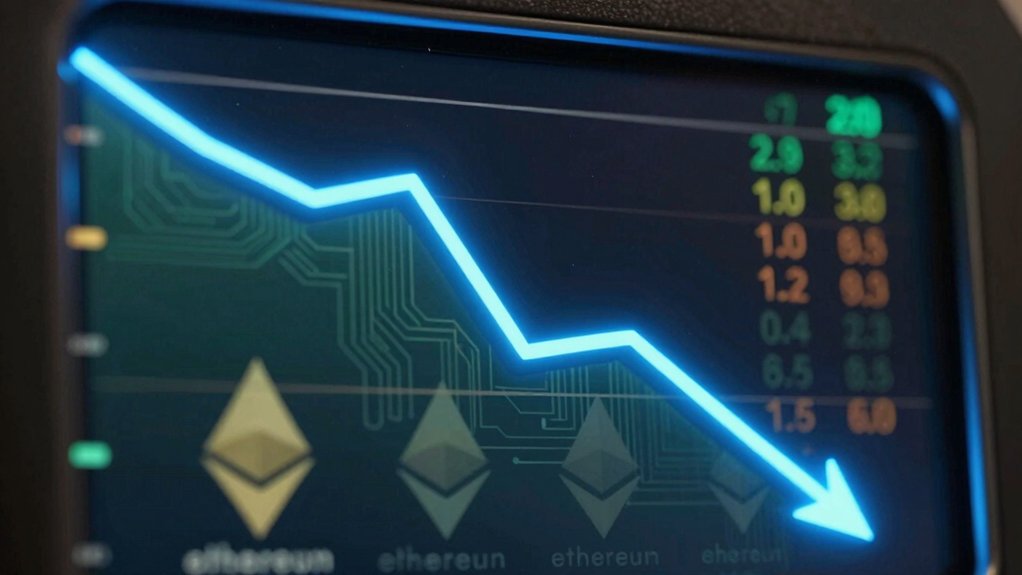NFT standards like ERC-721 and ERC-1155 serve as the digital grammar for unique asset ownership on blockchains. These technical blueprints enable the secure minting, trading, and verification of digital treasures – from pixelated cats to million-dollar artwork. Like a master key revealing different doors, each standard brings unique capabilities: ERC-721 handles one-of-a-kind items, while ERC-1155 juggles both unique and fungible tokens. Understanding these standards exposes the architecture of tomorrow's digital economy.
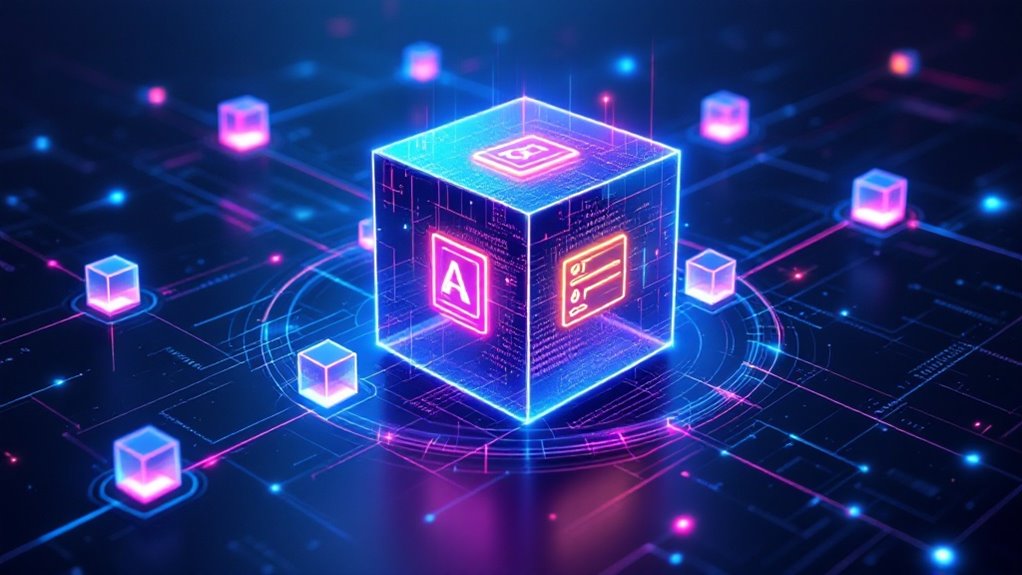
The ever-evolving landscape of blockchain technology has given rise to numerous NFT standards, each like a different dialect in the growing language of digital ownership. At the forefront stands ERC-721, the pioneering standard that sparked the NFT revolution, bringing unique digital assets to life through projects like CryptoKitties and Bored Ape Yacht Club. These standards establish immutable proof of ownership for all tokenized assets on the blockchain. NFTs are created through a minting process that securely encrypts the asset information onto the chosen blockchain.
Like a master key opening countless digital doors, ERC-721 established the foundational grammar for how we trade and own digital uniqueness.
ERC-721 unlocked the true potential of digital ownership, creating a universal language for trading unique digital treasures across the blockchain.
As the ecosystem matured, ERC-1155 emerged as a more versatile solution, dancing effortlessly between fungible and non-fungible tokens. Think of it as a Swiss Army knife for digital assets, capable of managing multiple token types within a single contract while saving precious gas fees.
Meanwhile, ERC-998 pushed the boundaries further, introducing composable NFTs that can own other tokens – imagine a digital Russian nesting doll, where each layer holds its own value and meaning.
The quest for standardization hasn't stopped at Ethereum's borders. Binance Smart Chain mirrors these standards with its BEP variants, offering a faster, more cost-effective alternative that speaks the same language as its Ethereum counterparts. By 2030, 30% of consumers are projected to embrace blockchain technology for their primary transactions.
Flow Blockchain, born from the minds behind CryptoKitties, charts its own course with standards designed for high-performance applications, while Tezos employs its FA2 standard to paint on an energy-efficient canvas.
Behind these standards lies the vital infrastructure of metadata – the invisible threads that weave together images, attributes, and descriptions into coherent digital assets.
Through standardized formats and decentralized storage solutions like IPFS, these metadata standards guarantee that an NFT appears the same whether viewed through the lens of a marketplace, wallet, or game.
As these standards continue to evolve, they're not just writing the rules for digital ownership – they're crafting the very fabric of our digital future, one token at a time.
Frequently Asked Questions
How Are NFT Royalties Enforced Across Different Marketplaces?
Marketplaces enforce NFT royalties through on-chain tools, smart contracts, and allowlist/blocklist mechanisms. Some use ERC-2981 standard, while others implement marketplace-specific enforcement systems. However, complete cross-platform enforcement remains challenging.
Can I Convert My Existing ERC-721 NFT to ERC-1155?
Yes, ERC-721 tokens can be converted to ERC-1155 through a migration process. This requires deploying a new smart contract, mapping existing tokens, and implementing a migration function to transfer ownership and burn originals.
What Happens to My NFTS if the Hosting Platform Shuts Down?
When a platform shuts down, NFTs remain on the blockchain, but media files and metadata may become inaccessible if stored centrally. Using decentralized storage like IPFS helps prevent loss of digital assets.
Are NFT Smart Contracts Upgradeable After They're Deployed?
NFT smart contracts can be upgradeable after deployment through proxy patterns. This allows developers to modify functionality while maintaining the same address and token data. However, upgradeability must be built-in during initial deployment.
How Do NFT Standards Handle Cross-Chain Compatibility and Interoperability?
Cross-chain NFT standards utilize specialized protocols like LayerZero and Wormhole, implementing locking and minting mechanisms across blockchains. Bridge contracts and interoperability protocols guarantee secure transfers while maintaining asset uniqueness between networks.

